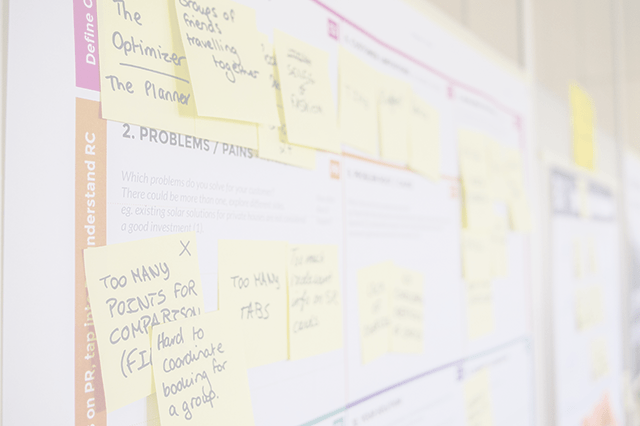Colocation
Colocation is when team members are in the same physical location so in-person interaction and collaboration can take place. While the Scrum Guide does not specify that teams must be co-located, one of the principles of the Agile Manifesto states “The most efficient and effective method of conveying information to and within a development team is face-to-face conversation.”
Colocation improves the speed and quality of a team’s communications. It allows team members to overhear conversations, giving them a chance to contribute when it would be helpful, or just be aware of what is happening. Colocated teams often have shared wall/white board space. They can use the space to maintain their Story Maps, Product Backlog, Sprint Backlog and other artifacts.
